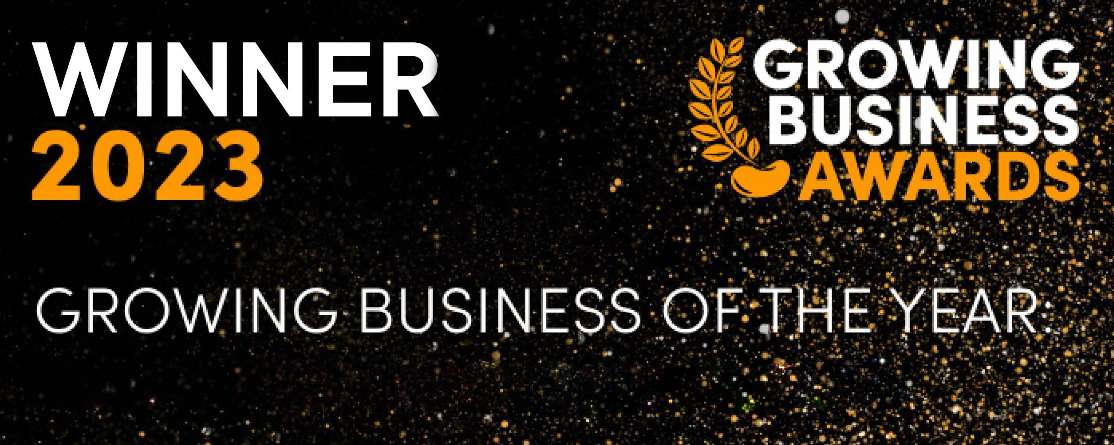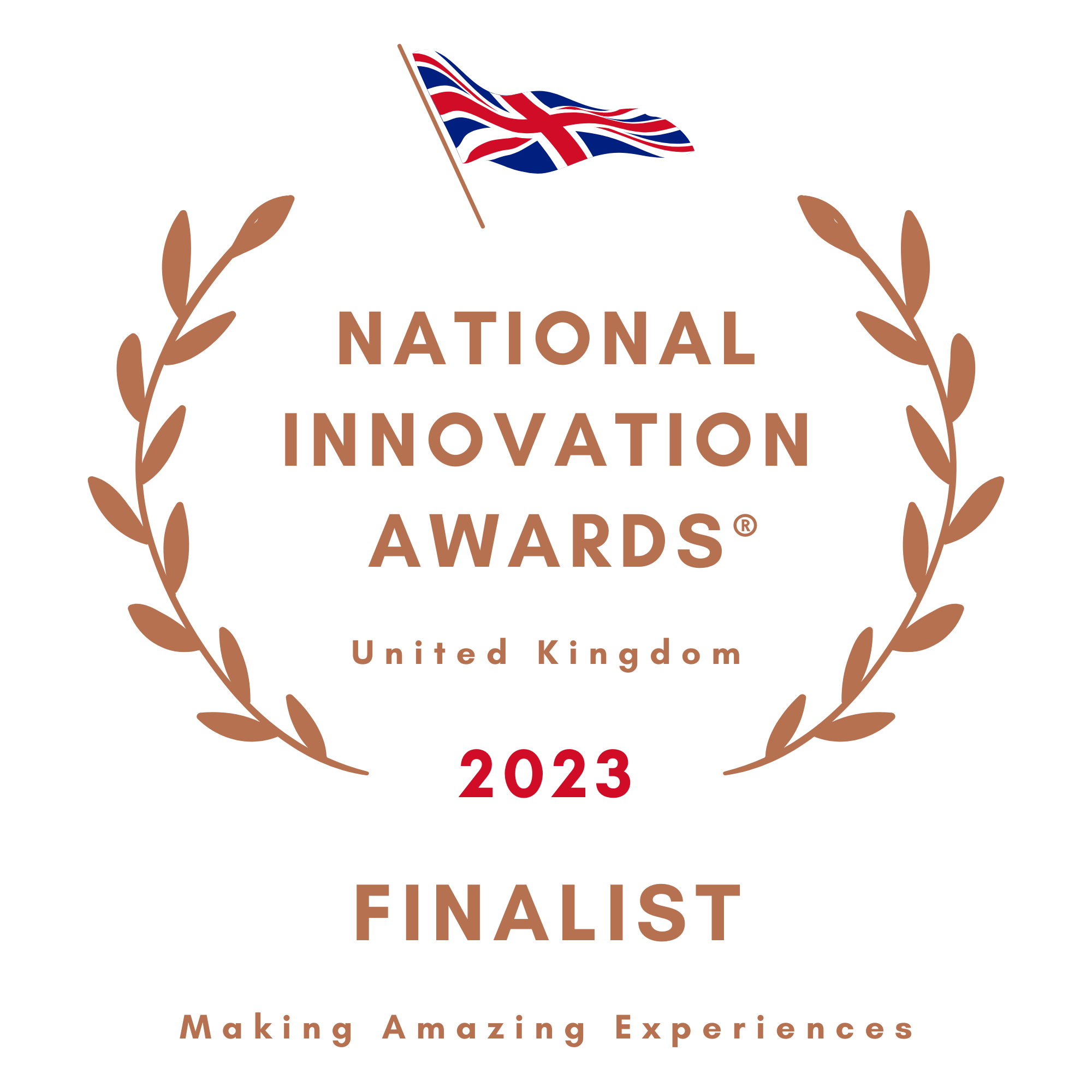Dragonfly AI is a predictive analytics platform designed to help you improve the quality and effectiveness of your creative across any format, channel and market.
Connected Creativity: A Conversation on the Future of Creative Data
Expert-led podcast discussing trending articles, and news in the AI and attention spaces.
.png?width=1920&height=1920&name=Intro_square%20(26).png)
Webcasts led by experts
In this episode of Game of Attention, we explore how marketing, creative, and insights teams can break silos and collaborate seamlessly, without losing the spark of human creativity.
Host Tom Newbury is joined by two industry leaders: Mariely Rodriguez, SVP of Business Intelligence & Audience Science at IPG Media Brands, and Ellie Farrugia, Managing Director at Kinsman & Co. Together, they unpack how brands are rethinking collaboration, embedding AI into creative workflows, and turning data into creative fuel.
If you’ve ever wondered how to align data, creative, and execution to truly cut through the noise, this episode is for you.
Q: How do large organizations maintain seamless collaboration?
Ellie: Collaboration only works if leadership sets the tone. Without one clear leader, silos and politics creep in. The best results come when everyone works from the same playbook, same brief, same tools, same objectives. Creative can be the hardest to align, but when paid search, SEO, analytics, and creative all contribute equally, results improve dramatically.
Mariely: Shared language is crucial. If “success” means something different to each team, collaboration breaks down. Cross-training helps bridge the gaps and builds empathy across disciplines. Shared platforms, goals, and communication make collaboration the default, not the exception.
Q: What rituals or practices strengthen collaboration?
Mariely: Cross-training and team-building. When analytics, creative, and media learn each other’s processes, it’s easier to hand off work and create something useful together.
Ellie: Process and consistency matter. Weekly or monthly calls to share ideas, review campaigns, and test creative together build trust. Flat hierarchies encourage everyone, from interns to senior leaders, to contribute ideas without ego.
Q: With so much content competing for attention, how can brands stand out?
Mariely: Relevance is the non-negotiable. Creative must speak to who the audience is and where they are in their journey — mindset, needs, and context. Machine learning and dynamic creative optimization allow for hyper-individualized messaging.
Ellie: The shelf life of creative is shrinking. Where campaigns used to run for months, now brands swap creative every week or two to avoid fatigue. A strong testing framework, plus learning from younger creators and tapping into organic-first strategies, keeps content fresh. Trends help, but distinctiveness matters more than chasing virality.
Q: How do you translate consumer insights into impactful creative?
Mariely: Insights often die in silos. Analytics teams must frame data as creative direction, not just numbers. For example, don’t just say “millennials over-index on sustainable products.” Instead, say: “Let’s target millennial parents during back-to-school with eco-friendly products that make them feel good.” That translation makes insights usable.
Ellie: Time is the missing piece. Insights must come first, but teams rarely pause to review them. Even a 20-minute weekly insights session can align everyone before campaigns are created. Skipping this step means creative often runs on opinion, not evidence.
Q: Can surprising insights shift creative direction?
Ellie: Absolutely. Hooks often defy expectations. A campaign we thought would flop, built around a bizarre line like “she’s allergic to sunlight”, actually outperformed everything else. Sometimes even “bad” creative resonates because it feels raw and real. Brands need to test uncomfortable ideas, because audiences often reward authenticity over polish.
Mariely: In financial services, even “common sense” insights like surfacing account alerts or relevant offers at login made huge performance gains. Often, overlooked basics, like being genuinely helpful, outperform flashy campaigns.
Q: What are best practices for testing creative at scale?
Ellie: Testing must be constant. Start with organic social, then push winners into paid. Set up a committee or approval group to say “yes/no” quickly and avoid delays. For bigger brands, AI tools that A/B test copy and creative at scale can accelerate learnings. Working with content creators is also key, they bring fresh ideas and speed that internal teams alone can’t match.
Mariely: Think in terms of “capital T Tests” versus “trials.” Formal tests give statistical rigor, while quick trials on organic channels provide directional insights. Both are valuable. AI agents can generate variations at scale, but human teams must interpret and decide what’s actionable.
Q: How do you keep the feedback loop both fast and reliable?
Mariely: Build layered measurement frameworks. Some metrics (like awareness) take months to shift, but you can optimize toward leading indicators like CTRs or engagement rates in real time. Pulse checks and monthly review committees keep tests moving without waiting for full statistical significance.
Ellie: Be ready to pivot. Campaigns that once ran for four weeks may now need to change after two if performance drops. The key is confidence: if your metrics align with your goals and you can explain them clearly, clients will trust the direction.
Q: How can automation enhance creative without stifling ingenuity?
Mariely: Automate the repetitive, non-creative tasks, resizing assets, reporting, personalizing T&Cs. Freeing teams from grunt work gives them more time to innovate. AI should act as an assistant, not a replacement.
Ellie: AI accelerates brainstorming and delivery, but it’s created a “faster, faster” culture that risks burning people out. Teams must set boundaries and protect quality over speed. Some processes — like reporting, insights development, and in-person collaboration — should stay human to preserve learning and nuance.
The future of connected creativity isn’t man or machine, it’s the combination of both.
Thanks for tuning in to Game of Attention. If you enjoyed this episode, follow us on Spotify, share it with your team, and drop us a review.
Stay curious. Stay creative. Stay connected.


